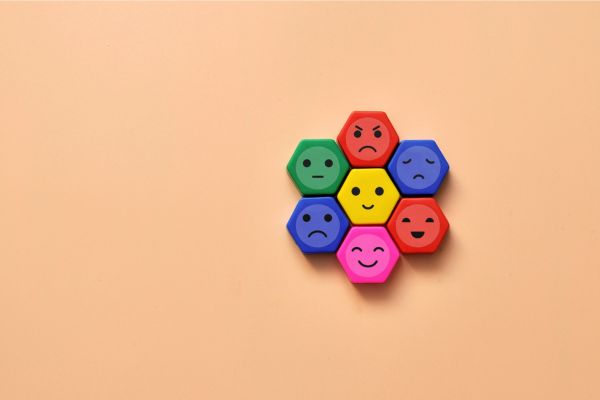Insights
INSIGHTS
All Topics
My Account
Seven email design tips for charity email campaigns
21 Jan 2019by Former Member
Elizabeth Carter, Charity Digital Mail Manager at Charity Digital, shares her top tips on creating effective email charity design that grabs readers’ attention and drives action
Want to learn more about good email design and send out stunning and compelling charity email campaigns in 2019? Here are some of our best design tips to get you on the right track.
Use clear, compelling Call-To-Actions (CTA)
Clear and easy to understand calls to action are essential for charity campaigns. CTAs need to stand out, be powerful and also big enough to be clickable on a smartphone touchscreen. Focus your layouts around the CTA and repeat the main CTA’s in your email to be more effective at capturing that elusive click.
Start with your important stuff. The majority of your subscribers will scan the top of your email and make a snap judgement as to whether to read on or not, so your CTA should be strategically placed near the top. Standout calls-to-action and strong contrast are all effective elements in getting the reader’s attention fast and makes it very hard not to stop and read them.
Have no more than three columns side by side
The golden rule for an email is between 600 - 640 pixels wide so if you create a layout with more than three columns this will limit your ability to create elements that are still visually impactful, especially on smart devices.
Don’t overwhelm with images
Always bear in mind that image and text need to be in balance, as the overuse of images can send your emails to the spam folder. One of the most common mistakes in email template design is the overuse of images, so don’t repeatedly send emails that have one big image and limit the use of images at the very top of your template.
Most of the two seconds’ scanning that your subscriber will do when they receive your email happens within the preview pane and at the top, before they swipe down on a smart device. Try to plan for as few images as possible and avoid using images to convey important messages or links.
Instead use a button for your CTA and critical messaging. Not all your readers will have their settings to download email images automatically - this means that your images will never get seen unless your email recipients to allow the images to be displayed. The rule of thumb is if there is something your readers need to know, it needs to be in text which also can be the form of a button.
Ensure that your images don’t distract or compete with your main message
Always insert Alternative/Title text on your images. The Alternative text appears when the image doesn’t load and will ultimately persuade your readers to download them or not. Make sure that your Title text is compelling so you’re not just using a description of the image but is valuable content and includes a CTA if possible.
Try and keep your image size down to 300 KB, except for gifs which should be under 1 MB. Always ensure that your images are not pixelated or blurred. Stay away from background images.
Email designers often long to use actual text on top of an image however background images aren’t supported by all email clients, especially Office 365 and Outlook.com webmail platforms do not display most backgrounds images and Desktop Word-based Outlooks, Lotus Notes versions and Windows 10 Mail do not support them either.
Keep it mobile-friendly
If you take one thing away from this article it’s this - make sure that every single email you send is mobile responsive! Litmas Email Client Market Share Trends for the First Half of 2018 noted that mobile remains the most popular reading environment for emails.
Respect the white space
Colour is essential but equally important is the lack of colour too. White space helps to visually break up your email content in a more digestible way. It can help to bring emphasis to key messages and section out different areas of your campaign.
Optimise your font size and text
Most email recipients don’t actually read your emails. They quickly scan them to see if there’s any useful bits of information and interesting to them. So, keep your text compact with small paragraphs or bullet points. Include lots of links to follow through to your website or other sites as these are measurable assets that help you to analyse how your campaigns are faring. Size 14 to 16 point is the best rule to stick to.
Best practice says that you should avoid using more than two fonts. Verdana, Arial and Calibri are often the top choice for email body text as they are clear, easy to read and evenly spaced out on any screen size. Web-embedded fonts won’t display correctly in all email clients so best to stick to the standard email fonts that all email marketing platforms offer.
One more thing- don’t forget to let your readers view your campaigns in their web browser, where the frustrating quirks of email clients are no longer present.
More on this topic
18 Feb 2025by Ioan Marc Jones
Training to help your charity embrace the future
Recommended Products
18 Feb 2025by Ioan Marc Jones
Training to help your charity embrace the future
Our Events
Charity Digital Academy
Our courses aim, in just three hours, to enhance soft skills and hard skills, boost your knowledge of finance and artificial intelligence, and supercharge your digital capabilities. Check out some of the incredible options by clicking here.














